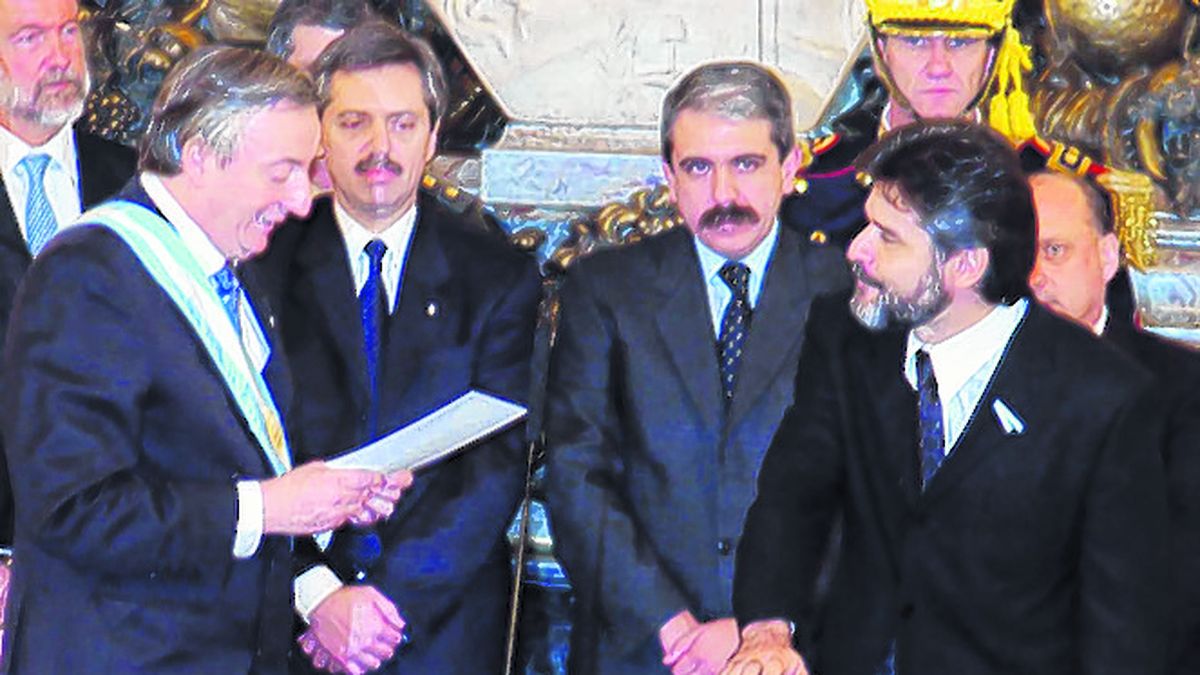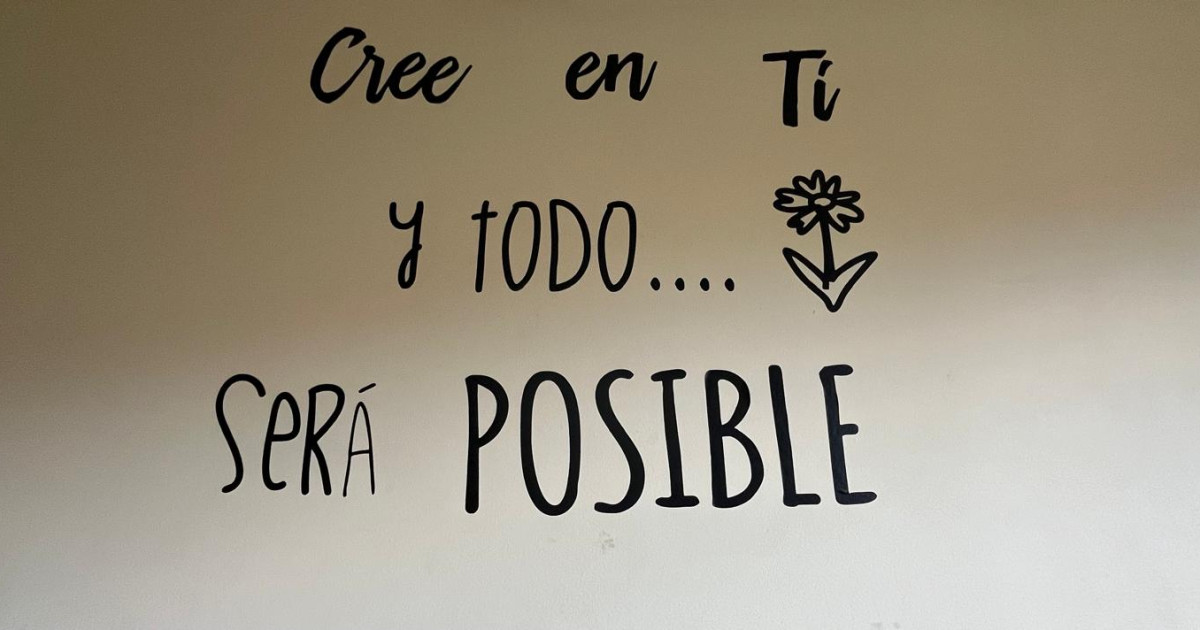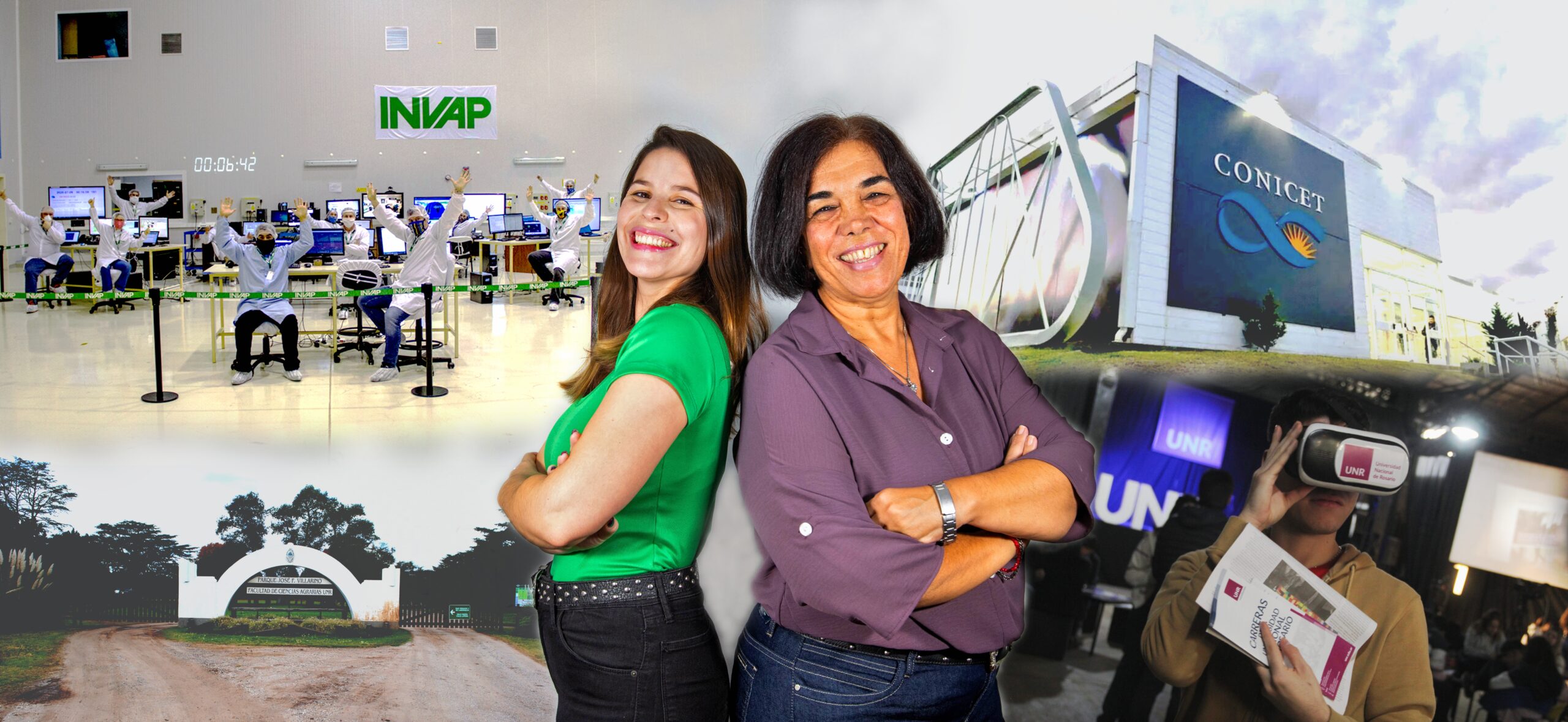Regional Minister Daniel Vilmos said the dictatorship was the “most uncertain phase” for science and technology in the country. Review the progress made over the years
During the recent Argentine dictatorship there was a deterioration in investment and support for scientific research, which negatively affected the progress of science in the country. Repression and censorship have limited freedom of expression and exchange of scientific knowledge. With the arrival of democracy in 1983, a major change occurred. They sought to rebuild scientific and academic institutions and promote freedom of research, allowing scientists to resume their research and international collaboration.
Science also played an important role in consolidating democracy by providing objective knowledge for political and social decision-making. But the view of different democratic governments was different.
From Domingo Cavallo’s statement that he sent a scientist to wash dishes and the brain drain due to the economic crisis of Fernando de la Rua to the Minister of Science, Technology and Innovation shifting to the ministry, there were many nuances. Daniel Vilmos is the current Minister of Science, Technology and Innovation of Argentina. But he was also responsible for that portfolio – which also included education – when Nestor Kirchner took over the government in 2003.
“The dictatorship meant the darkest period in Argentine history for science and technology.”. With the return to democracy with the Alfonsín government and the appointment of Manuel Sadowski as Minister of Science and Technology, the Argentine tradition began to recover and at the same time there was a process of normalization of universities, which also introduced scientific ideas. Freedom and freedom of research. It was a virtuous phase. “The 1990s were very difficult because for the neoliberal model, science was completely unimportant; in fact, Cavallo responded to criticism of scientists by sending them to wash the dishes,” Vilmos recalls.
Then there was a period of very significant growth in investment in science and technology between 2003 and 2015. In 2007, the Ministry of Science and Technology was established. “The budget rose from 0.2% of GDP in 2003 to 0.37% in 2015. Many researchers were integrated, universities and research centers were created, the space plan and the nuclear plan, the Pampa Azul Plan, were developed. There were also laws such as technology Vitals and software. It was a virtuous phase that ended with Macri, who reduced the budget again from 0.37 to 0.22.” story.
In the midst of this adjustment, many scholars have returned to their home country since 2003, with the Raíces programme, and left again due to lack of perspective in Argentina. In 2019, the initiative was resumed. He pointed out that “the most important measures were related to the Science and Technology Financing Law, the Nano and Biotechnology Law, the Knowledge Economy Law, and the Innovation Promotion Plan.”
In sum, Films assessed that “with the return of democracy, there was a period of pendulum and zigzag politics, with a period of greatness between 2003 and 2015, which is now recovering.”
He stressed that “the basic lesson of democracy is that we must advance state policies that are not subject to what we will experience in these elections.”
What milestones can be mentioned in these 40 years in terms of achievements related to public science and technology policies?
During all these years, Argentina has done tremendous work in some areas, and without a doubt, if one had to choose an area to highlight, the spatial plan has been a success. Argentina is the only country in the region that manufactures its own satellites. In the nuclear sector, exactly the same thing. One of the most important milestones in this field was the export of the Opal reactor to Australia, which was inaugurated in 2007. Another area that has seen tremendous development in Argentina is biotechnology, both of which apply to agricultural and medical issues. Perhaps HB4, the genetically modified seeds that have been developed to be resistant to drought, is one of the most important achievements and milestones. I would also like to point out that Argentina’s third export at this time is the knowledge economy, as an important milestone, reaching more than 7.7 billion US dollars last year. This generates the possibility of converting the export matrix.
What does the pandemic mean for Argentine science?
The epidemic in Argentina was a turning point for Argentine science. The pandemic has shown otherwise. It showed the importance of research in basic science because it is exactly what allowed us to quickly adapt to these new needs when the world turned its back on us. Let us remember that from Conicet more than 10 million coronavirus detection kits have been sold. Argentina could not import because it was not available. Today we are implementing the second and third phases of the Covid vaccine carried out by Conisit, the University of San Martin and the Casara Laboratory, with which we hope that in the coming months we will have the first vaccine developed in Argentina. This will generate the technology to develop many other initiatives later. The prestige of scholars once again occupied a central place in Argentina.
What are the challenges facing science in the country in the coming years?
I would like to point out three main challenges. The main goal is to transform science into state policy, so that it is not vulnerable to electoral fluctuations. This is reinforced by laws that have been approved and those that are still in Congress today for approval, such as the law on technological innovation in 2030. Second, we must implement the 2030 Agenda, which sets 10 priorities for the country. They are priorities related to the basic needs of our people, with the transformation of the production model, with the possibility of applying new digital technologies and artificial intelligence in production processes, with the possibility of developing strategies that allow us to carry out the energy transition, and to use the resources that Argentina possesses towards the world of renewable energy. A plan containing topics such as Pampa Azul, to investigate the continental shelf in the Atlantic Ocean which also includes Antarctica as part of this study topic. But social problems are also included among the ten topics, which is the issue of poverty. It is a topic to which research can contribute greatly. There is the issue of education, the quality of which must be improved, and research has a lot to say. There is also the issue of human rights, institutions and the promotion of democracy. The third challenge is to decentralize science, which is still 80% concentrated in Buenos Aires and the urban area, and to make science more federal, meeting the needs of each region and allowing value to be added to the raw materials of each region. This includes building many research centers at home, investing a lot in equipment but also creating the conditions for a program like the Raíces Federal, which will try to ensure that many researchers will be based in the place where they are born, in the place where they were born. Where they are needed in each of the country’s 23 provinces.





